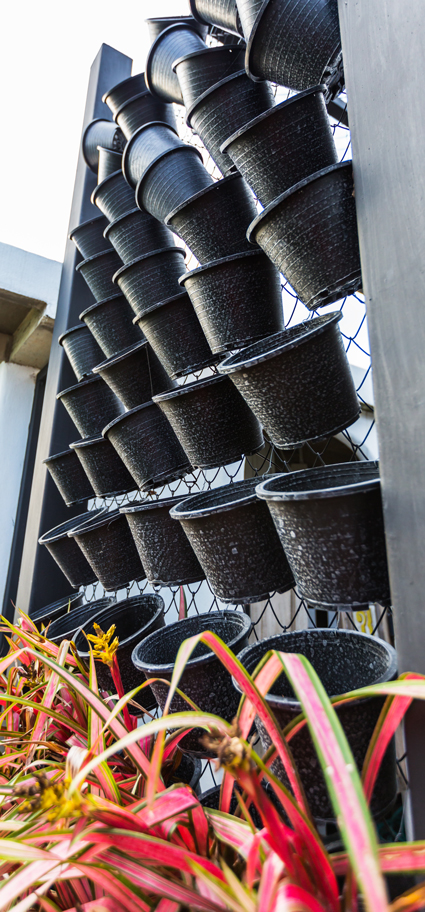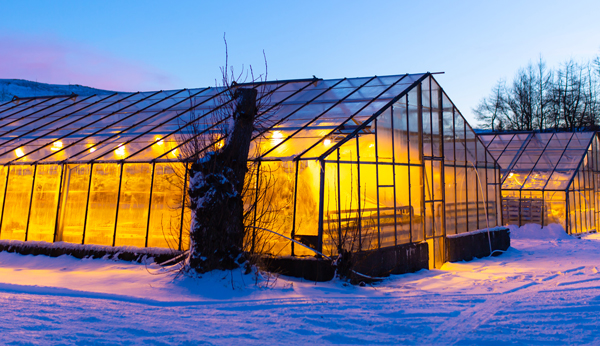“What you don’t know can’t hurt you.” That old saying still pops up in the horticulture industry occasionally. But it’s highly unlikely you’ll hear that around ICL. In the same way that planning is power when it comes to the next stage of your life or business, we believe knowledge is power when it comes to this stage right now.
There’s no denying that a lot of current economic news isn’t uplifting. And the varied opinions of economists don’t always help. AmericanHort’s November 2022 State of the Industry White Paper reports that even chief economist Dr. Charlie Hall has updated his Cultivate’22 forecast. He now predicts a 90% chance of a recession before the end of 2023.
Even so, as we told you in our Fall 2022 newsletter, many trends still bode well for our industry this year. And to meet the challenges that come along with the bright spots, our money’s on staying informed and proactive regarding crucial issues affecting you and your industry peers.
Will labor let up?
As you may guess from your own experiences, the ongoing labor challenges covered in our last newsletter persist as we look toward spring rush. Preliminary findings from AmericanHort’s 2022 Greenhouse and Nursery Labor Employment Survey confirm the depth of the troubles.
About two-thirds of the survey respondents weren’t able to hire as many employees as they wanted to hire for production roles in 2021. As a result, more than one-third of you changed your product mix in a move to cut labor costs.
Labor-saving tactics, from agtech and automation to lean production principles, helped bridge the gap. But for many ornamental growers, that still wasn’t enough.
For an increasing number of you—30% per the Survey—relief has come through the H-2A visa program. Not surprisingly, a recent USDA Economic Research Service study revealed that H-2A visa use increased by more than 260% in the last decade.
Whether H-2A is for you or not, out-of-the-box labor strategies remain crucial. It’s more important than ever to tap into new talent and invest in strategic recruiting as you look to the new year.
Will media, containers, and fertilizers stabilize?
Word across the industry is that backorders for critical production materials are catching up. We were glad to hear several branded plant programs eased requirements for branded pot purchases as container shortages peaked. As one grower told us recently, his branding partners gave their blessing to keep building inventory—branded pot or not—until container availability improved.
A recent substrate article by Dr. Brian Jackson, North Carolina State University’s resident expert, asked the question: “Where’s the bark?” And many growers are wondering the same.
Jackson notes unprecedented consumer interest in plants fueled extraordinary demand for growing media components as growers kicked pandemic production into high gear. Jackson’s bottom line for this year: Get your substrate orders in earlier than ever, nurture supplier relationships, and stay ready to pivot on products and practices if needed.
We consider fertilizers a bright spot, at least for us at ICL. As Craig Whatley, our North American Business Lead for Turf and Ornamental Horticulture, predicted this past summer, some raw material prices have stabilized. U.S. supply chains have improved, as have our own inventory and lead times. We’ve ramped up our U.S. production and capacity to ensure you have the ICL products you need.
What about transportation and energy?
Though global supply chains are moving in the right direction, two factors weigh heavily on all the above: transportation and energy costs. The good news is shipping container costs are finally coming back in line with pre-pandemic costs. Backlogs of unloaded cargo are officially past. Long-haul trucking and freight rates are following a similar path. And, as we write this, gas prices at the pump are lower than a year ago.
But escalating energy costs threaten growers, especially with weather extremes like those of Christmas 2022. Costs to keep your greenhouses warm are tough enough. But energy costs also inflate expenses for your supply chain partners in the categories above and more.
Europe’s energy crisis has forced several large growing operations to close there. Others suspended operations, cut back dramatically, or shifted to crops that require less heat. What this winter’s energy prices ultimately mean for U.S. growers has yet to be seen. But two things are clear: Optimizing every investment in your growing operation is critical. And spring will soon be here.
At ICL, we’re here to help you grow your very best and succeed, even in the face of rising costs. Let’s talk about how we can help you maximize performance and returns with ICL plant nutrition and plant protection. We look forward to talking with you soon.
